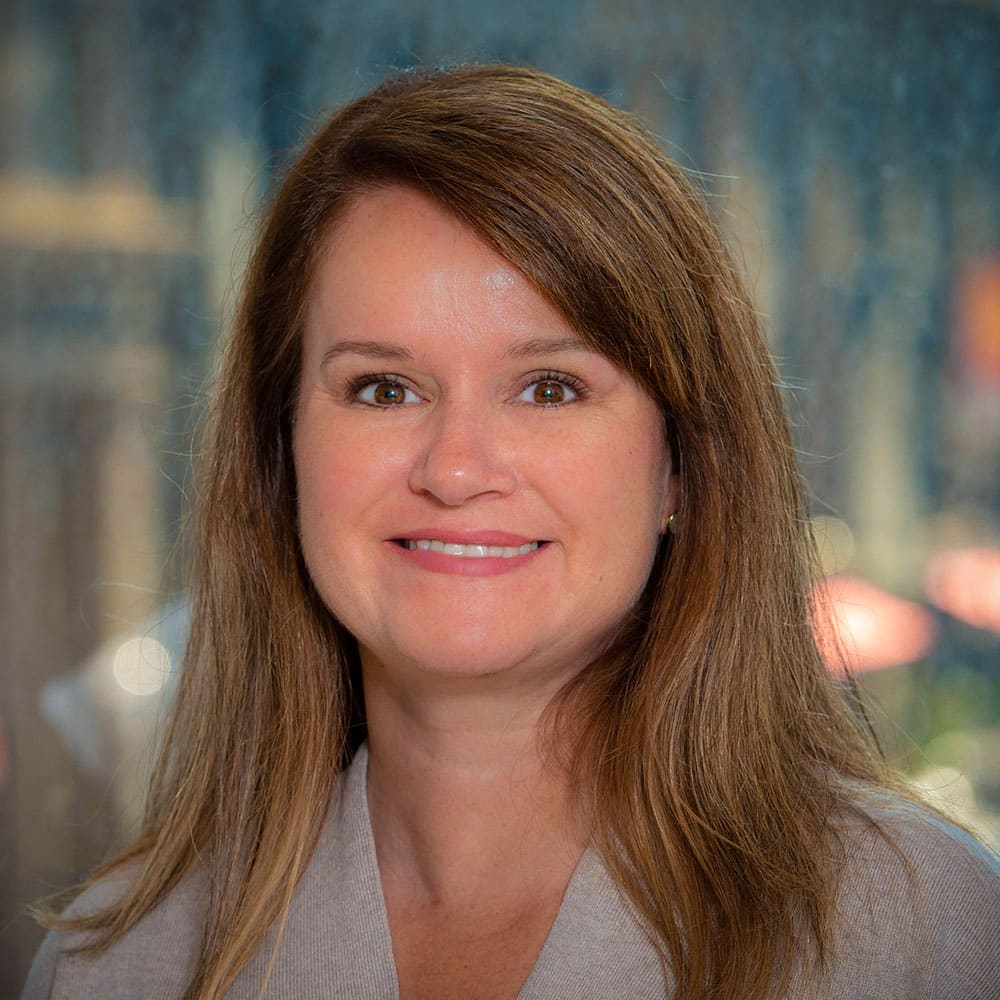As a teacher, we want to be the fixer. But when we do something for students, even when we’re just trying to help or maintain flow in the classroom, what are we keeping them from doing for themselves?
I observed in a kindergarten class recently where a student was sitting in the direct sunlight. It was just blasting her in the eyes. As a teacher, I know the first thing I would’ve done is closed the blinds or asked her to move. But that’s not what her teacher did. Her teacher asked her a question instead:
“What do you need to get your needs met?”
The girl then elected, on her own, to move to a different space in the classroom, and the lesson continued.
We know learner agency is important for our students to develop: to learn to advocate for themselves, to make choices, to practice self-awareness and an understanding of themselves as learners. But even though we want our students to take ownership and be agents of their own learning, many of our traditional teaching structures prevent this from happening. It isn’t just about offering students choices, but being intentional about those choices, trusting our students to make the right choice – and being prepared to reflect and learn with them when they don’t. Because sometimes, they won’t. And that’s part of the process.
As an example, when you offer your students the opportunity to choose a partner for a project, they’re going to choose their friends, right? Which might mean their work won’t get done. They’ll be frustrated. It might seem like you’ve made a mistake and next time, you need to choose partners instead. But what if:
- We had conversations with students about their choices, and how to make better choices next time?
- We had developed structures in class, with our students, to enable them to make good choices?
- When offering students choices, we considered the needs of the students as a higher priority than the needs of the task?
When we do some of these things, we are teaching our students that we trust them – and teaching them how to trust themselves.
In Marysville, Ohio, the school district implemented competency-based education and empowered students and teachers to learn and grow.





